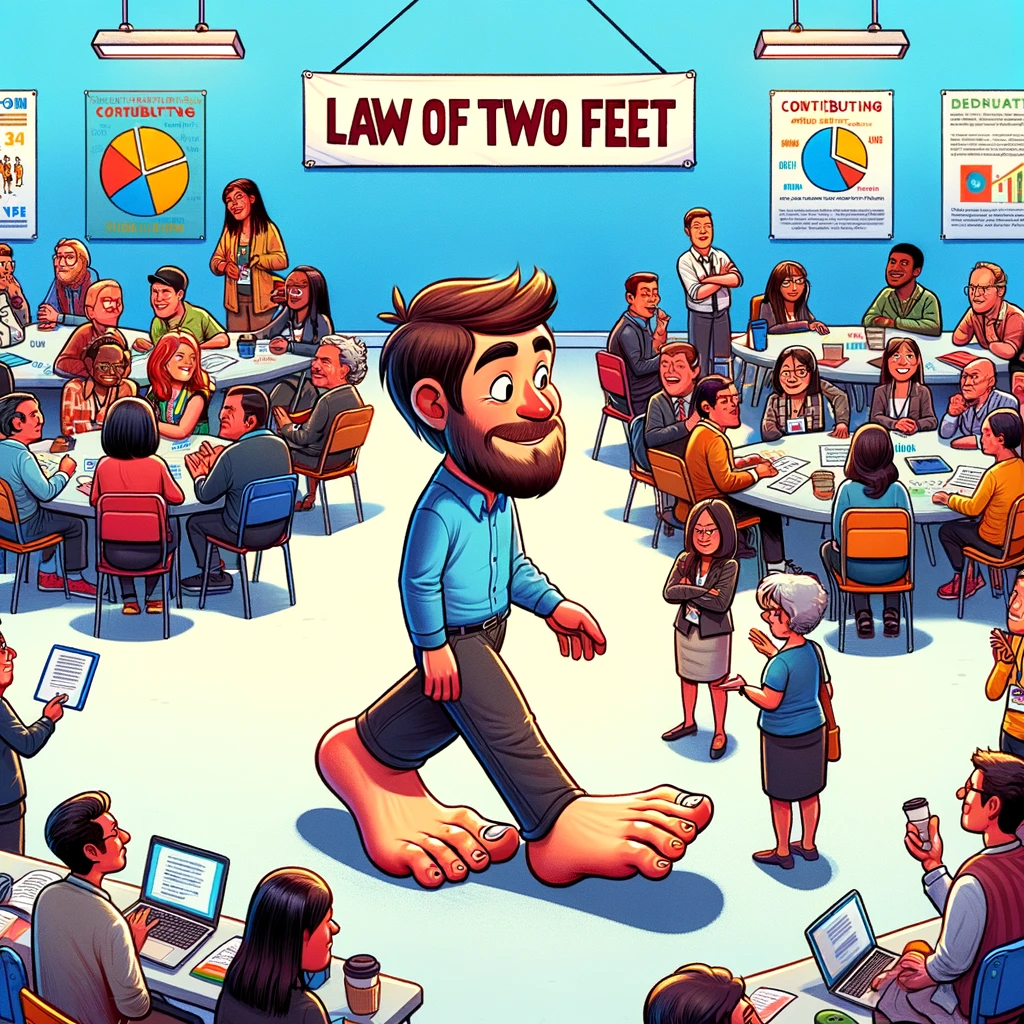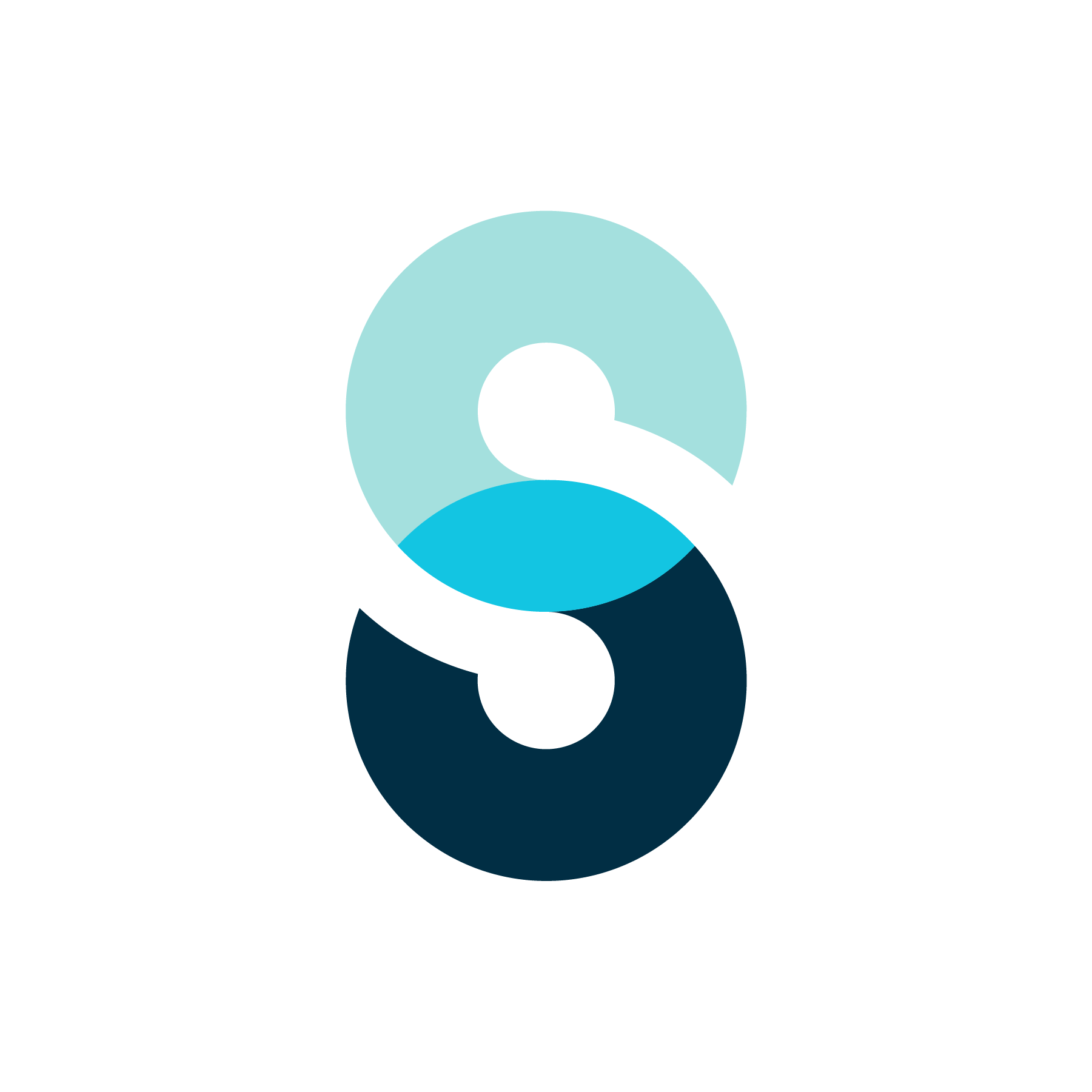Retreat November 2023: A new format with openspace(s) and enhanced team bonding
![DALL-E generated. [prompt - a cartoon image that can be used as a banner for a blogpost on an software engineering retreat]](/content/images/size/w2000/2023/11/retreatBanner.png)
This year's Belgium edition of our bi-annual engineering retreat (we do one in BE and one elsewhere on a yearly basis) was a bit different from previous editions. We revamped the format to be more integrative and collaborative, and aligned more with our recent evolution to product-led teams. To achieve this, we extended invitations beyond our usual engineering and infrastructure teams to also include members of our Product and Business Solutions (BSO) teams.
This resulted in the number of participants growing from last year's ~34 to an all time high of ~72 wonderful people. The residential origin of these people ranged from Estonia to Tanzania and from Spain to Austria.
The event was kicked off by our VP of Tech, David Verhasselt, lifting a bit of the veil on how the Due Diligence process transpired during the recent Silverfin acquisition by Visma. Erik Korme followed up with some successful ice-breaker challenges, to the point where even the electric fuse of the venue broke. Great success!
All this was then topped of with a delicious meal at Multatuli in Ghent, and we were set up for a great start.
A shift in focus: From technical to team
Traditionally, our retreats have been heavily laden with technical workshops, hackathons or even attending tech conferences. However, this year we shifted our focus away from the technical building towards team bonding. This pivot allowed us to explore new dynamics and foster deeper connections across different teams.
Where we had workshops on fast prototyping by the fine folks at Google in the past, we now had a workshop on DEI (Diversity, Equity, Inclusion) introduced by Karen Dedecker.
As a remote-first department within the company, the value of proper team cohesion is invaluable.
Introduction: Heavily Devopsdays AMS inspired
One of this retreat's highlights was the introduction of a half-day of openspaces* by Steven De Coeyer and Mike Morraye. Inspired by our cloud infrastructure team's many years of experiencing them at Devopsdays AMS, we decided to integrate this format into our retreat. And judging by the early feedback, it was a resounding success.
The (un)familiarity and exploration of openspaces
During the introduction, it became evident that many attendees were unfamiliar with the concept of openspaces. For those new to this, a comprehensive explanation was provided, detailing the nature of openspaces, the formation of the schedule, and the logistics of accommodating a diverse range of topics. There were four time slots and four locations available, making for a grand total of 16 available topic slots. Of these, 13 were filled quite swiftly.
The main message is that it is the participants that make the openspaces. You get out of it, what you put in.

The five rules of openspaces
- It starts when it starts
- There is no need to join the conversation immediately. It's fine to just listen
- When you feel like you can contribute, that's the time to start talking
- Not sooner, not later
- It's over when it's over
- When the conversation seems over, that's fine
- You can ask if it's over if you're unsure and end or continue as per the answer
- When the time's up, be respectful and hand over the space to the next scheduled conversation
- Whoever is there is the right people
- Whoever shows up, is whom the universe intended there to be
- There is no need to wait for person X, Y or Z to join
- Singing of the frieNDA by a nod of the head
- As people are invited to be open, secrets (both professional and personal) might be shared
- This requires a safe space
- There is no need for paperwork, but all people sign the frieNDA with a nod of the head
- A frieNDA consists of: What's shared in the openspaces, stays in the openspaces
- The law of two feet / the law of mobility
- When you find yourself not getting anything out of the conversation, or not adding anything to it, take it as your responsibility and move
- Move among conversations freely
- You can leave and join conversations at any point
Diverse topics and engaging discussions
Contrary to expectations, there were no leisure-oriented topics and all of them focused on substantial and pertinent issues within our field.

A broad stroke of these topics to give the general feeling:
- The potential of AI in our work
- How to be a world-class engineering and product team
- Evaluating our codebase structure and the technology stack
- Some vision and strategy discussions
- Effective time tracking methods
- Enhancing cross-team collaboration
The depth and complexity of these topics illuminated the need for longer discussion times, as the 30-minute slots proved to be a bit limiting as many people wanted to add to these conversations.
The value of internal openspaces
Holding these openspaces within our company brought forth unique insights and questions, distinct from those typically encountered at public conferences and more tailored to the current work environment.
The concept of follow-up meetings was debated, with a counter argument that the intrinsic value of openspaces lies in their occurrence rather than the need to drive these conversations towards a follow-up meetings to reach a conclusion. Many of those discussions are after-all ever evolving topics, without an exact one-fits-all answer.
Insights on team dynamics and hierarchical influence
The openspaces also revealed the pulse of various teams and gauged interest in different topics. A pertinent question arose regarding the influence of hierarchical positions on the openness of discussions. An example conversation raised the question whether tenure brings power imbalances that is disadvantageous to the company interests. Being able to have this conversation attests to a proper culture that fosters safety and trust, and allows people to share ideas in a respectful manner.
Our stance is that while higher-ranking attendees might impact the dynamics, it's crucial for them to be aware of their influence and lead by example in fostering open dialogues. We're also polling whether all people felt comfortable speaking up, and if they felt restrained would look to mitigate the origin of that feeling.
Tweaking the format
Based on our experiences, we plan to tweak the time configuration in future retreats. We might extend them to 45 minutes, interspersed with breaks as this would provide more room to properly start and terminate conversations without cutting the conversation itself short.
We're also considering experimenting with a set of time slots differing in length. We could have a set of 30 minutes slots, and have 60 minutes slots in tandem.
In case time permits, we're also looking into spreading the openspaces across multiple days. Have two afternoons for example. It would allow for conversations to be extended. Or in case the open space is paired after an AM lightning talks, it would allow for speakers to elaborate on their talk in group sessions.
Looking ahead: A journey of continuous improvement
This retreat was just the beginning of what we envision to be an evolving and enriching tradition. The overwhelmingly positive feedback from our peers assures us that this new format will not only continue but could evolve to become a cornerstone of our annual retreats. And as with anything in our field, we'll have it go through an iterative improvement process.
* It was pointed out to us that it is 'Open Space' rather than 'openspaces'. We are aware, but we've been calling them 'openspaces' for way too long to change that now, and justified the addition of the final 'S' to stand for Silverfin. 🤷
